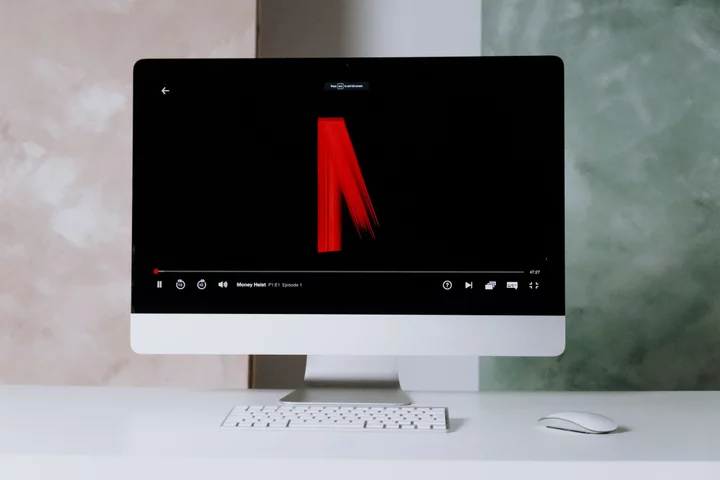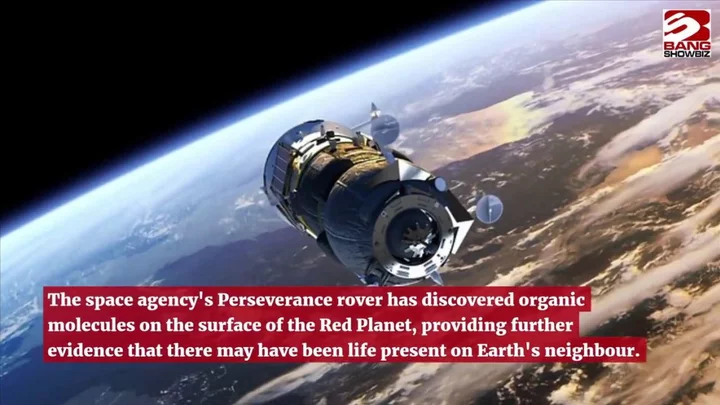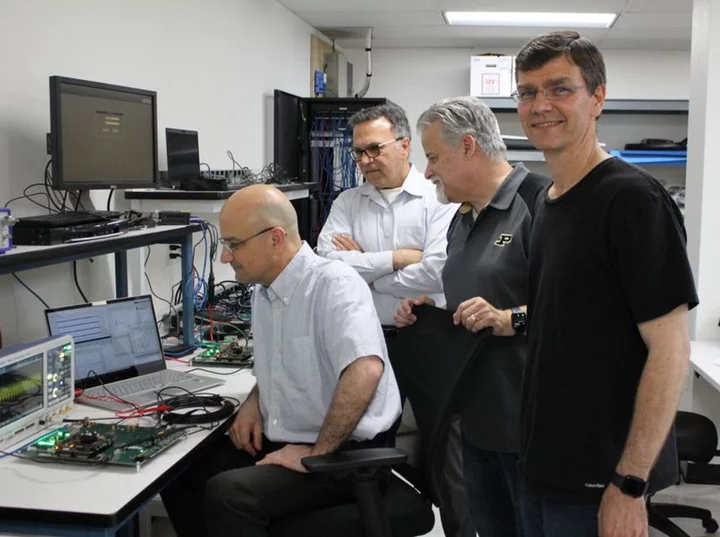
FTX sues Bankman-Fried, others to recoup more than $1 billion
By Jonathan Stempel (Reuters) -FTX Trading on Thursday sued founder Sam Bankman-Fried and other former executives of the cryptocurrency exchange,
2023-07-21 07:51

Rome and Berlin Forecast to Get Much Cooler Weather This Week
After months of extreme heat across southern Europe, the continent is cooling down, with Rome and Berlin set
2023-08-29 16:26

Ishowspeed shares video from his Turkey vacation and fans can't stop laughing: 'We love you'
IShowSpeed has made his first visit to Turkey and is having a good time in Istanbul
2023-06-13 18:58

Musk says his cage fight with Zuckerberg will be streamed on X
Elon Musk says his potential in-person fight with Mark Zuckerberg would be streamed live on his social media site X, formerly known as Twitter
2023-08-07 00:55

How to watch Canadian Netflix for free from anywhere in the world
SAVE 49%: Unblock Canadian Netflix with a high-speed VPN. A one-year subscription to ExpressVPN is
2023-06-08 12:15

Putting Generative AI to Work: Smartsheet Announces New AI Features that Unlock the Power of the Smartsheet Platform
BELLEVUE, Wash.--(BUSINESS WIRE)--Jul 26, 2023--
2023-07-26 23:25

Nasa has found ‘diverse organic matter’ on surface of Mars
Nasa has discovered “diverse organic matter” on the surface of Mars, which could change our understanding of the red planet and the search for life in the universe. The Perseverance rover made the discovery in the Jezero Crater on Mars and a number of different explanations for the existence of the material have been posited. The materials could have been formed when water and dust interacted, or was dropped onto the planet by dust or meteors. Authors of the new study also refused to rule out that the materials are “biotic”, or came about due to the existence of life on the surface. Sign up to our free Indy100 weekly newsletter The findings could have a big impact on the continued search for alien life, with research into the organic matter on the surface telling us more about the existence of carbon sources on Mars. The Jezero crater has been explored by The Scanning Habitable Environments with Raman and Luminescence for Organics and Chemicals (Sherloc) instrument on the rover since February 2021. The crater is the site of an ancient lake basin and all 10 target sites explored within it came back with signs of organic molecules. Even if the materials are not biological in origin, research into them could be crucial in the search for alien life, according to the researchers. “Not all organics are biological in origin. Observing spatial relationships between minerals and organics is necessary when evaluating organic origins and potential biosignatures. Everything we know of life on Earth is limited to what is preserved in the rock-mineral record. On Earth, biosignatures are found in certain minerals and some minerals are better at preserving organics than others,” said Ashley E Murphy, a researcher at the Planetary Science Institute and co-author on the new paper. “Mars may have had a similar early geologic history to Earth so we use our knowledge of life as we know it on Earth for where to look for potential evidence of past life on Mars. Mapping organics allows for a better understanding of if the Martian carbon cycle is similar to or different from Earth, and the potential of Mars to host life.” Writing in the Nature journal, the authors said: “Our findings suggest there may be a diversity of aromatic molecules prevalent on the Martian surface, and these materials persist despite exposure to surface conditions. “These potential organic molecules are largely found within minerals linked to aqueous processes, indicating that these processes may have had a key role in organic synthesis, transport or preservation.” The findings are published in a new article, ‘Diverse organic-mineral associations in Jezero crater, Mars’, in Nature. Have your say in our news democracy. Click the upvote icon at the top of the page to help raise this article through the indy100 rankings.
2023-07-14 22:48

This Secret Kastov 762 Barrel Eliminates Recoil in Warzone Season 5 Reloaded
JGOD revealed a secret Kastov 762 barrel that eliminates recoil in Warzone Season 5 Reloaded, making the AR even easier to shoot.
2023-09-22 04:26

How big tech embraced disabled users
Buried beneath the hype of the artificial intelligence revolution, big tech is quietly rolling out services for disabled people that it hopes will push...
2023-06-21 10:23

Netflix Steps Up Videogame Challenge to Microsoft. The Cloud Is Its Battlefield.
The company said it is testing a gaming streaming service on TVs and personal computers. It's a first move toward expanding beyond its current mobile-games portfolio.
2023-08-15 16:52

In 2024, Republican EV attacks may fall short as swing states reap investment
By Gram Slattery and Nichola Groom WASHINGTON Electric vehicles are a "hoax," they do not work, and they
2023-11-27 19:19

Better Safe Than Sorry: How to Run a Security Checkup on Your Google Account
Like a lot of people, your online life is probably heavily tied to Google, from
2023-06-07 23:47
You Might Like...

Accenture Acquires Bourne Digital, Expanding SAP Digital Design Capabilities in Australia

Silicon Valley automotive ethernet chip startup Ethernovia raises $64 million

Get seamless connectivity for less with up to 40% off eero mesh WiFi routers

How much does Kylie Jenner charge per post on Instagram? Reality TV star pushed to second place by Cristiano Ronaldo who earns $2.40M per post

The Best Laser Printers for 2023

Jenna Marbles: A look at influencer's life after her hiatus from YouTube

Several robot vacuums are on sale ahead of Prime Day, including most of Roborock's newest models

Key voices in the decades-long debate over affirmative action
